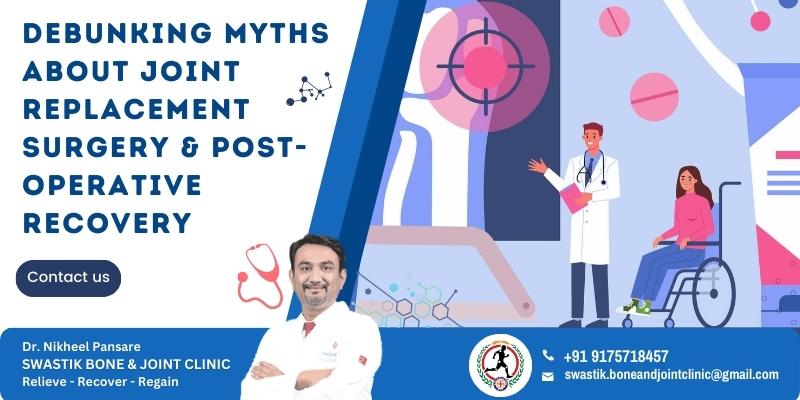Participating in sports and physical activities comes with inherent risks of injury. Whether you’re an athlete, weekend warrior, or fitness enthusiast, understanding the types, symptoms, and treatment options for sports injuries is crucial. In this comprehensive guide, we’ll explore the various aspects of sports injuries, with insights from the best experts Dr. Nikheel Pansare, a renowned sports injury specialist in Viman Nagar near Kharadi, Pune.
Types of Sports Injuries:
Sports injuries can range from minor sprains and strains to more severe fractures and tears. Common types of sports injuries include:- Sprains: Ligament injuries resulting from overstretching or tearing of the ligaments.
- Strains: Muscle or tendon injuries caused by overexertion or sudden movements.
- Fractures: Broken bones often occur due to direct impact or force.
- Dislocations: Joint injuries where the bones are forced out of their normal positions.
- Tendonitis: Inflammation of the tendons due to repetitive movements or overuse.
Symptoms of Sports Injuries:
Recognizing the signs and symptoms of sports injuries is essential for prompt diagnosis and treatment. Common symptoms may include:- Pain or tenderness in the affected area.
- Swelling, bruising, or redness.
- Limited range of motion or stiffness.
- Weakness or instability in the injured area.
- Difficulty bearing weight or putting pressure on the injured limb.
Treatment Options for Sports Injuries:
The treatment approach for sports injuries depends on the type and severity of the injury. Common treatment options include:- Rest: Allowing the injured area time to heal by avoiding activities that aggravate the injury.
- Ice: Applying ice packs to reduce pain, swelling, and inflammation.
- Compression: Using compression bandages or wraps to support the injured area and reduce swelling.
- Elevation: Keeping the injured limb elevated above the level of the heart to reduce swelling.
- Physical Therapy: Engaging in targeted exercises and rehabilitation to restore strength, flexibility, and function.
- Medications: prescription medications to manage pain and inflammation.
- Bracing or Splinting: Using supportive braces or splints to immobilize and protect the injured area during healing.
- Surgical Intervention: In severe cases or for certain types of injuries, surgery may be necessary to repair damaged tissues or structures.
Prevention Strategies:
While some sports injuries are unavoidable, there are steps you can take to reduce your risk:- Warm-up: Perform dynamic stretches and exercises to prepare your muscles and joints for activity.
- Use Proper Equipment: Wear appropriate protective gear and footwear to minimize the risk of injury.
- Listen to Your Body: Pay attention to signs of fatigue, pain, or discomfort, and modify your activity accordingly.
- Cross-Train: Incorporate a variety of activities into your fitness routine to prevent overuse injuries.
- Gradually Increase Intensity: Avoid sudden spikes in training intensity or duration to prevent overexertion.
- Stay Hydrated and Nourished: Maintain proper hydration and nutrition to support optimal performance and recovery.









